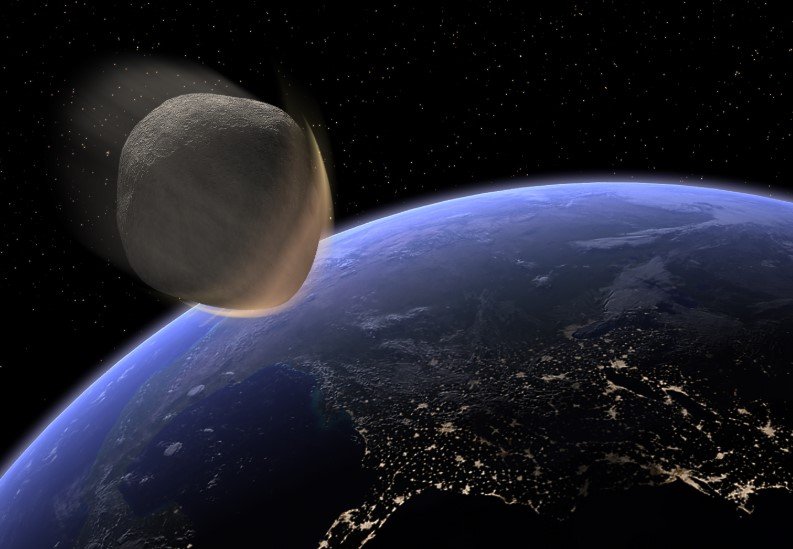A recently discovered asteroid, designated 2024 YR4, has garnered significant attention due to its potential to collide with Earth on December 22, 2032. Measuring between 40 and 90 meters in diameter, this space rock could unleash energy comparable to 100 times that of the Hiroshima bomb if it impacts our planet.
Discovery and Initial Observations
On December 27, 2024, astronomers at the ATLAS telescope in Río Hurtado, Chile, identified 2024 YR4. Initial calculations estimated a 1.2% chance of Earth impact, but subsequent observations have increased this probability to 2.3%, equating to a one in 43 chance. This elevated risk has prompted heightened monitoring from space agencies worldwide.
Potential Impact Consequences
Should 2024 YR4 strike Earth, the consequences could be severe. The energy released would be approximately 15 megatons of TNT, causing devastation within a 5.7 km radius and significant damage up to 8.8 km away. For context, an impact on a major city could result in catastrophic destruction over several miles.

Current Monitoring Efforts
NASA and the European Space Agency (ESA) are actively tracking 2024 YR4. The asteroid currently holds a rating of 3 on the Torino Impact Hazard Scale, indicating a close encounter with a 1% or greater chance of collision capable of localized destruction. This is the highest rating assigned to any known asteroid since 2004.
Future Observations and Mitigation Strategies
Astronomers plan to continue monitoring 2024 YR4 to refine its orbit and impact probability. Advanced telescopes, including the James Webb Space Telescope, aim to observe the asteroid before it becomes too faint in May 2025. If the risk remains significant, international space agencies may consider potential deflection strategies to prevent a collision.
While the current probability of impact is relatively low, the situation underscores the importance of planetary defense initiatives and the need for continued vigilance in monitoring near-Earth objects.
